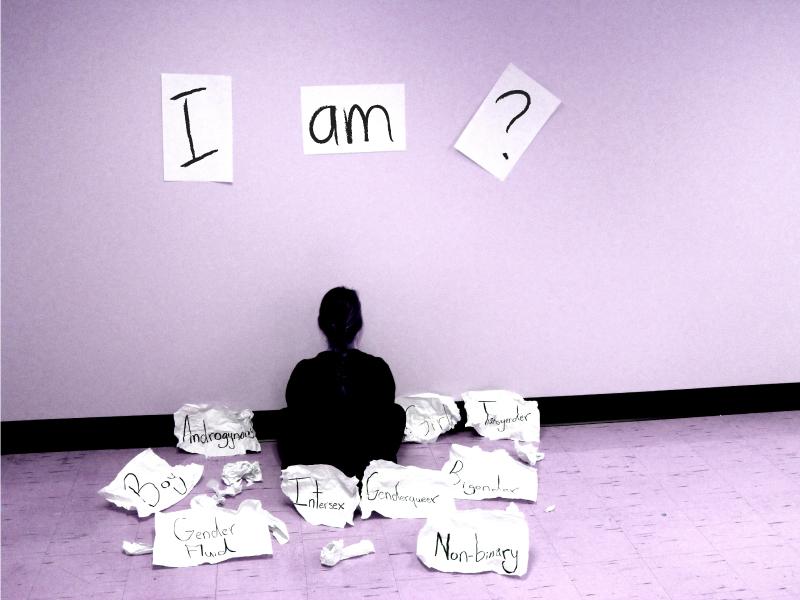Tear down the norm
Gender identity awareness redefines social expectations
September 25, 2015
Sophomore Jacob Fischer (formerly known as Rose) said his experience this school year has been positive in regard to his transition from female to male.
“I am just a boy that was born in a girl’s body,” Fischer said.
Naomi Scheman, a professor in the gender, women and sexuality studies department at the University of Minnesota, said not everyone innately identifies as one gender or another.
“It’s not biologically true that every human being is either clearly biologically male or clearly biologically female,” she said. “There’s actually a continuum and lots of differences in between.”
According to Scheman, being cisgender means someone identifies with the gender they were assigned at birth. She said they identify with the way they look, the way they feel inside and what they are called.
Senior Claire/Casey O’Grady said there’s more to gender identity than what’s assigned at birth.
“For my gender, it’s not like male and female. It’s definitely a really wobbly line of everything,” O’Grady said.
School social worker Daniel Perez said it’s important to respect the pronoun preferences of everyone no matter how they identify, including using the pronouns “they” and “them” for those who don’t identify with a gender.
“They’re telling us who they are and how they want to be seen,” Perez said.
Perez said staff should lead by example to ensure comfortable conversations about preferred pronouns and names.
“One of the things that I would personally like to see here at St. Louis Park to improve the gender equality or gender affirmative environment is for every single one of our staff to actually practice introducing themselves and sharing how they identify,” Perez said.
Sophomore Spencer Bergan said they feel most comfortable identifying as genderqueer, meaning they either identify as neither male nor female or they identify as a combination of both.
Bergan said they believe putting forth an effort to use pronouns and names is a step in the right direction, even if someone makes a mistake.
“They’re not trying to disrespect you if they accidentally call you the wrong pronoun or your birth name. They’re trying to get the hang of it,” Bergan said.
Perez said not all students associate with traditional gender labels.
“They are trying to assert that who they are doesn’t fit into a gender binary.” Perez said.
Scheman said binary gender refers to the claim that there are exactly two genders – male and female – and that there is nothing in between.
O’Grady said they identify as genderfluid, meaning some days they associate as female, some as male, some as either gender and others as both.
Bergan said discovering the gender spectrum helped them find their identification.
“I didn’t really understand that I could be in between the spectrum — it didn’t have to be black and white,” Bergan said. “I feel like that fits me perfectly, being genderqueer.”
Scheman said she believes gender is more complicated than people realize.
“(Gender) is so complex and so contested that I don’t think we can or should give a clear definition to it,” she said. “If anybody came up with a simple, clear definition of what (it) was to be a woman and who counted as a woman, it would have to be wrong.”
Scheman said social standards created the idea of the gender binary.
“This idea that there are girls and boys, women and men and that they’re fundamentally different from each other, that’s what gender is all about,” Scheman said.

Andrew Carlson • Sep 26, 2015 at 11:40 am
Thank you, Echo Staff, for this article. This is well-done! Thank you to the students who spoke their truth.